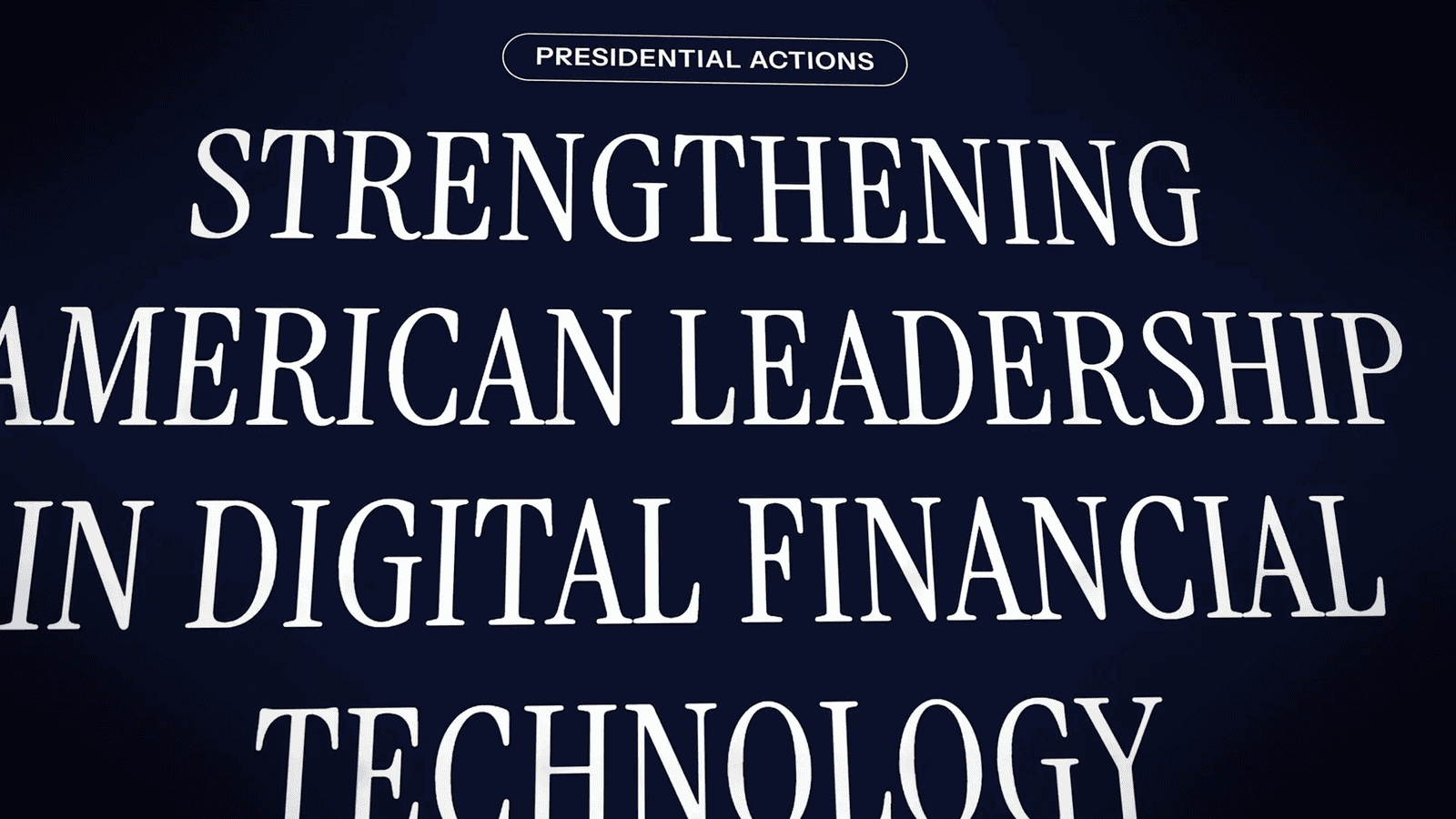Introduction to Bitcoin and Blockchain

Welcome to an introduction to Bitcoin and blockchain technology. This section aims to provide a foundational understanding of these revolutionary concepts.
My name is Peter Van Valkenburg, and I’m the director of research at Coin Center.
Peter Van Valkenburg, the director of research at Coin Center, begins by addressing the committee. Coin Center is an independent nonprofit organization that focuses on public policy issues related to cryptocurrency and public blockchain networks.
What is Bitcoin?
Bitcoin is recognized as the world’s first cryptocurrency. It operates on the world’s first public blockchain network, setting the stage for a new era in digital finance and decentralized technology.
This introduction sets the context for further exploration into how Bitcoin works, its challenges, and its potential impact on public infrastructure and policy. For more detailed insights, continue to the next sections:
- How Bitcoin Works
- The Importance of Public Infrastructure
- Challenges and Potential of Bitcoin
- The Case for Public Blockchain Infrastructure
- Security Vulnerabilities in Current Systems
- The Future of Blockchain and Public Policy
How Bitcoin Works
Bitcoin, the first cryptocurrency, operates on the world’s first public blockchain network. This innovative system allows users to send and receive value globally using just a computer and an Internet connection.
“It lets you send and receive value to and from anyone in the world using nothing more than a computer and an Internet connection.”
Functionality of Bitcoin
Bitcoin’s functionality is straightforward yet revolutionary. Unlike traditional online money transfer tools, Bitcoin does not require a trusted middleman. This absence of intermediaries makes Bitcoin the world’s first public digital payments infrastructure.
The Revolutionary Aspect
Bitcoin’s public nature means it is accessible to everyone and not owned by any single entity. This decentralization is what sets it apart from other financial systems.

Explore more about Bitcoin in the Introduction to Bitcoin and Blockchain and Challenges and Potential of Bitcoin sections.
The Importance of Public Infrastructure
Public infrastructure plays a crucial role in our daily lives, providing essential services and systems that support our communities. One of the most significant examples of public infrastructure is the Internet, which serves as a platform for information, websites, and email.
“Now we have public infrastructure for information, for websites, for email. It’s called the Internet.”
However, when it comes to payments, the only traditional public infrastructure available is cash, which is limited to face-to-face transactions. Before the advent of Bitcoin, remote payments required the use of private banking systems. These systems involved multiple banks and ledger entries, especially if the payer and payee used different banks.
Bitcoin revolutionizes this by introducing a public ledger known as the blockchain. This allows anyone to add an entry, transferring Bitcoins to others without the need for a private bank. The blockchain is accessible to everyone, regardless of nationality, race, religion, gender, sex, or creditworthiness. Creating a Bitcoin address to receive payments is free, making it a groundbreaking development in digital transactions.
“With Bitcoin, the ledger is the public blockchain, and anyone can add an entry to that ledger.”
Bitcoin represents the world’s first public payments infrastructure that operates digitally, offering a new level of accessibility and inclusivity in financial transactions.

Challenges and Potential of Bitcoin
Bitcoin, often hailed as the world’s first globally accessible public money, is not without its challenges. While it is a groundbreaking innovation, it is not perfect. Much like email when it was first invented in 1972, Bitcoin is still evolving.
Current Limitations of Bitcoin
Bitcoin is not the best form of money in every aspect. It is not yet universally accepted, nor is it commonly used to quote prices. Additionally, it does not always serve as a stable store of value. These limitations highlight the areas where Bitcoin still needs to grow and develop.
The Significance of Bitcoin’s Functionality Without Intermediaries
Despite its imperfections, Bitcoin’s ability to function without trusted intermediaries is a remarkable achievement. This aspect of Bitcoin represents a significant breakthrough in computer science. The potential impact of this innovation is likened to the birth of the Internet, promising to be just as transformative for freedom, prosperity, and human flourishing.
“It’s a computer science breakthrough, and it will be as significant for freedom, prosperity, and human flourishing as the birth of the Internet.”
Future Potential of Blockchain Technology
Bitcoin is merely the beginning. The underlying blockchain technology holds the promise of replacing private payment infrastructures and other private choke points in human interaction. This potential shift could lead to more open and accessible systems, fostering greater innovation and connectivity.

For more insights, explore the Introduction to Bitcoin and Blockchain and The Case for Public Blockchain Infrastructure.
The Case for Public Blockchain Infrastructure
In today’s digital age, the question arises: why should we invest in public blockchain infrastructure over traditional corporate intermediaries? The answer lies in the growing power and influence of these intermediaries, which are becoming fewer, larger, and more powerful. This concentration of power leads to significant risks and failures.
Reasons to Build Public Infrastructure
Public blockchain infrastructure offers a decentralized alternative to the centralized systems controlled by corporate entities. By embracing blockchains, we can reduce the dependency on these intermediaries and foster innovation within the United States, preventing the flight of technological pioneers overseas.
Risks of Corporate Intermediaries
Corporate intermediaries, while providing critical infrastructure, are not without their flaws. They are susceptible to breaches and failures that can have grave consequences. For instance, a breach at Equifax exposed the Social Security numbers of approximately 143 million Americans. Such incidents highlight the vulnerabilities inherent in centralized systems.
Examples of Security Breaches in Private Systems
The SWIFT network, a cornerstone of international banking, has been exploited to relay hundreds of millions of dollars in fraudulent transactions. These breaches have affected banks in Bangladesh, Vietnam, Ecuador, and Russia, with the FBI suspecting North Korea’s involvement in the largest of these hacks.
“The corporate intermediaries providing today’s critical but privately owned infrastructure are becoming fewer, larger, and more powerful.”
By understanding these risks and the potential of blockchain technology, we can make informed decisions about the future of our digital infrastructure. For more insights, explore related topics such as The Importance of Public Infrastructure and Security Vulnerabilities in Current Systems.
Security Vulnerabilities in Current Systems
In today’s interconnected world, security vulnerabilities in various systems have become a significant concern. This module explores some of the critical issues and examples of security breaches that highlight the risks associated with current systems.
Examples of Hacked Systems and Devices
One notable incident involved low-level employees at Punjab National Bank in India, who were able to fraudulently certify Swift transactions. In another case, in October 2016, approximately 1.2 million Internet-connected devices were hacked and turned into a botnet. This attack rendered prominent websites like CNN, Fox News, The New York Times, and The Wall Street Journal unavailable across Europe and North America for several hours.
The increasing connectivity of physical machines to the Internet, known as the Internet of Things (IoT), has also led to significant vulnerabilities. Devices such as pacemakers from St. Jude’s Hospital, baby monitors from TrendNet, and Jeeps have been hacked. In some cases, these hacks have allowed remote control of vehicles, posing severe safety risks.
“Pacemakers from St. Jude’s Hospital have been hacked.”
The Problem of Single Points of Failure
A critical issue in current systems is the presence of single points of failure. These are components or nodes in a system that, if they fail, can bring down the entire system. The reliance on centralized servers and trusted intermediaries makes systems vulnerable to attacks and failures.
Comparison with Pre-Internet Communication Systems
Before the Internet, communication systems were less interconnected and often relied on more decentralized methods. This reduced the risk of widespread failure due to a single point of attack. The shift to highly connected systems has increased efficiency but also introduced new vulnerabilities.

Understanding these vulnerabilities is crucial for developing more secure systems and infrastructures. By learning from past incidents, we can work towards creating a more resilient and secure digital environment.
The Future of Blockchain and Public Policy
The discussion on the future of blockchain technology highlights its potential to transform critical infrastructure by eliminating single points of failure. Historically, systems with such vulnerabilities, whether corporate or governmental, have posed significant risks. The Internet revolutionized communication by removing these choke points, allowing for a competitive landscape where new media corporations could thrive.
Similarly, blockchains offer the promise of disintermediating essential payments and IoT infrastructure. Although the technology is still evolving and not fully equipped to address all challenges, it represents a promising avenue for innovation and security.
A key takeaway is the necessity for a “light touch, pro-innovation policy” to ensure that these technological advancements can flourish, particularly in America. This approach will help foster an environment where blockchain technology can grow and integrate into public infrastructure effectively.
“Blockchains can similarly disintermediate critical payments and IoT infrastructure.”










